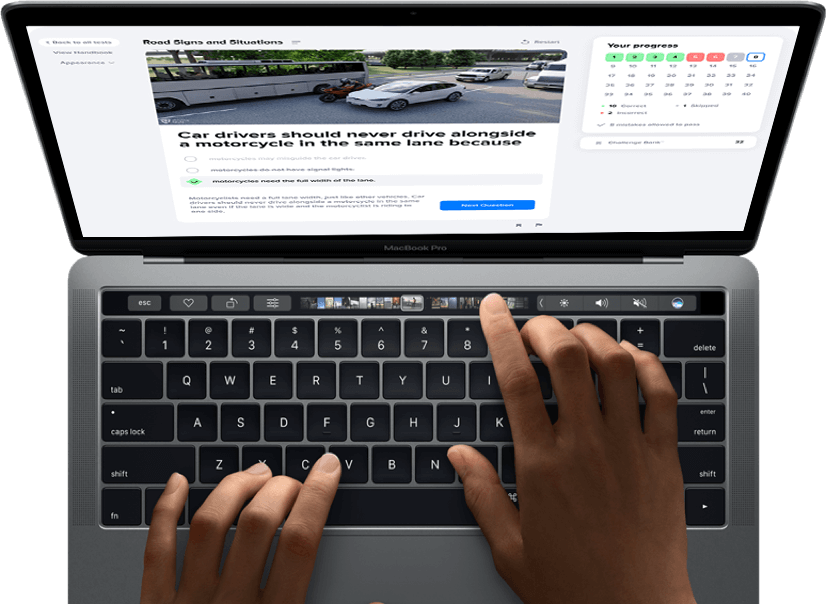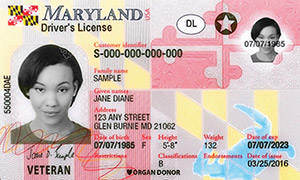How to Get a Driver’s License in Maryland [2025]
How Does It Work?
Get a Learner's Permit
Get a Provisional License
Get a Full (Adult) License
Pro tip: When you're ready to take on Maryland's varied driving routes, from the mountains to the shore, being adept at driving is crucial. Our resources on manual transmissions and parallel parking are essential. Learn the finer points of backing into a parking spot and three-point turns. Accurate mirror adjustments are a must for safety. Enhance your driving with our Online Driving Simulator, and for international drivers, check out Maryland's international driver's license requirements.
Types of Licenses
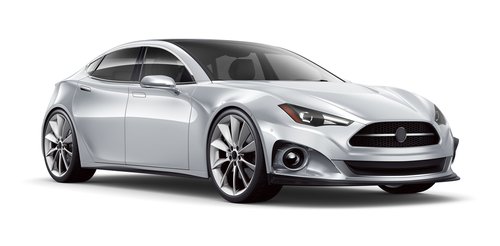
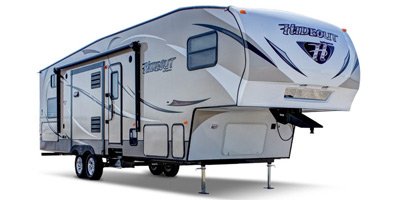

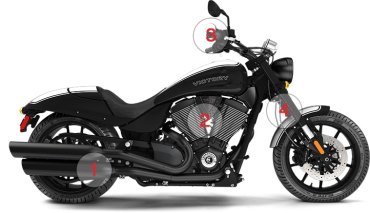
Non-Commercial License
Learner’s Permit
1Collect documentation required
You must bring proof of the following:
- Age
- Identity
- Lawful status
- Social Security Number (or proof of ineligibility)
- Maryland residence ( 2 documents)
Use the MVA document guide to help you gather all the documents correctly.
2Provide completed form DL 300 If under 16
3Apply in person
4Bring your parent or guardian if under 18
5Pay the fee
6Pass a vision test
To qualify for an unrestricted driver's license, you must have a Binocular vision, visual acuity (Snellen) of at least 20/40 in each eye and a continuous field of vision of at least 140 degrees. Check other vision requirements here.
7Pass a knowledge test
8Receive your learner’s permit by mail
If you are younger than 25 years of age, you must hold the learner's permit for at least 9 months.
If you are 25+, you are required to hold your learner's permit for at least 45 days before applying for your provisional driver license.
In both cases your driving record must be conviction-free. Otherwise, you will have to hold your permit for additional 9 months starting from the conviction date.
Supercharge your chances of passing the DMV test
Provisional License
Provisional License is the second step of Maryland's Graduated Licensing System for rookie drivers. It allows you to drive on your own starting 16 ½ years of age. You must maintain a clean driving record for 18 months before getting a full license. A moving violation will result not only in points and fines but also additional sanctions such as the driver improvement program and license suspension. There are also the following restrictions depending on your age.
Under 21: Zero alcohol tolerance
Under 18:
- No driving with passengers under the age of 18, other than immediate family members, for the first 151 days, without a qualified supervising driver.
- No driving between 12 a.m. and 5 a.m. unless driving to or from a job, official school activity, volunteer program, an athletic event (participant), related training session or supervised by a licensed driver at least 21 years old with 3 years of driving experience.
- No driving with any wireless communication device, including a hands-free device.
- You must use a safety belt at all times. All passengers must use safety belts or child safety seats.
- Hold the learner's permit
If under 25 years of age, hold it for at least 9 months. If 25 and older, hold your permit for at least 45 days. If you are under 25 when your learner's permit is obtained and then turn 25 afterwards, the MVA will permit you to apply for a provisional license after 45 days (the 45 days may include the days you held the permit before turning 25).
- Complete a driver education program
It's a standardized Maryland MVA approved course consisting of a minimum of 30-hours of classroom instruction and 6-hours behind the wheel training. Your driving school will electronically submit verification of completion to the MVA. Check the list of certified schools here.
- Complete a practice skills log
Complete the certification page from the practice skills log. If under 25, you should log at least 60 hours of supervised behind-the-wheel driving and 10 hours of driving at night. If 25 and older, log at least 14 hours of supervised behind the wheel driving and 3 hours of night driving.
- Maintain conviction free driving record
Any conviction or probation before judgment with a provisional license will restart the 18 month time period you must hold the license. (9 month period for 25+ years of age)
- Schedule your road test
Use the MD MVA's Scheduling System to make an appointment in advance. You will receive a confirmation number that will help you confirm your appointment online or change it if needed.
- Pass the road test
Bring you current Maryland learner's permit, completed practice skills log and a properly registered and insured vehicle. You must be accompanied by a driver with a valid license. If you don't pass the test on your 1st or 2nd attempt, you must wait at least 7 days in between each subsequent attempt.
- Get your provisional license by mail
You can start driving unsupervised.
How to Get Full (Adult) Driver’s License in Maryland
Full License is the final step of Maryland's Graduated Licensing System for rookie drivers. You can get your full license when you have successfully completed all the requirements of your provisional license.
1Reach the age of 18.
2Hold your provisional license for at least 18 months.
3Stay conviction-free while holding your provisional license. Any violation will restart the 18 month time period you must hold the license.
When you successfully meet the requirements above, the MVA automatically converts your provisional license to a full driver's license status. The MVA will mail you an attachment card showing the conversion to a full license. You should carry this card with the provisional license to show the change in your licensing status. When your provisional license expires and you renew it, you will no longer need the attachment card.
Get Started
Take a free practice testPass your DMV test the first time with our help!
Driving Skills Test
You are required to schedule your test appointment through the central scheduling system. Check if your appointment has been confirmed.
You must arrive with a licensed supervising driver who will remain seated next to you in your vehicle until the MVA examiner arrives to administer your skills test. You will not be permitted to take the driving test if the driver is not with you.
You are required to bring the following:
- Your current learner's permit or driver's license
- Glasses or contact lenses if you need them
- Certified practice skills log (for rookie drivers)
- Maryland MVA approved course certificate if not submitted electronically (for rookie drivers)
- the 3 Hour Alcohol and Drug Education Certificate (for holders of foreign licenses)
- proof of your vehicle insurance
- vehicle registration card
- Front and rear tags (month/year stickers on rear)
Your vehicle must pass a pre-trip inspection. The following features should be in good working condition:
- Tires (inflated, adequate tread, no missing lug nuts)
- Windshield unobstructed view of wiper area, no cracks
- Driver and passenger doors open and close
- Seat belts
- Lights and lenses
- Gas gauge reads at least 1/2 tank
- Gas cap is present
- Rear view and outside left side mirrors
- Front seats free of debris, clean and operational
- Glove box closed
- No loose articles in the car that may create a hazard
- Exhaust system
- Brake and accelerator pedals
- No dashboard warning lights activated
- No fluid leaks
- Horn
- Speedometer
If the weather is wet and/or cold, windows must be rolled up, heater, defroster windshield wipers and washers must be operable. There must be washer fluid.
If the weather is hot, front windows must open or air conditioner must be operable.
No one other than your examiner and interpreter (if applicable) are permitted to stay in your car during the test. Your job is to listen to your MVA examiner, follow the instructions, drive safely and obey all signs and rules of the road.
The test will include 2 parts: basic skills test and public road test
Basic Skills Test
You will be tested on a closed course before going to the public road.
Here you must show:
- your general driving ability
- reverse two-point turnabout
Turnabout space will be 10' wide and 20' deep. You will be asked to drive past space and then back your car completely into this space. Maximum time is 3 minutes. If you use more than 3 minutes, you will be disqualified automatically.
If you fail this portion of the test, you won't be able to proceed to the second part of the test and will have to schedule a new appointment.
Public Road Test
Here you will drive on a pre-determined public road route with a variety of traffic situations.
Your examiner will assess the following safe driving practices:
- Making a turn
- use the correct turn signal at the right time
- check traffic in all directions
- get into correct lane while braking smoothly
- come to a complete stop behind the stop line, crosswalk, or stop sign
- leave a safe gap when stopping behind another vehicle (You should be able to see the rear tires of the vehicle ahead of you touching the ground.)
- keep both hands on the steering wheel during the turn
- maintain smooth acceleration
- yield to pedestrians and other traffic
- accelerate to the speed of traffic
- move into the right lane when safe to do so, if not already there
- avoid getting too close to the curbs
- Braking
- Brake smoothly
- Come to a complete stop at stop signs and red lights
- Steering
- keep both hands on the wheel unless using other controls
- don't use the open palm of your hand to turn the wheel
- Checking traffic
- check traffic and mirrors regularly
- watch for hazards
- scan ahead, observe traffic and look for pedestrians
- check blind spots by looking over your shoulder when necessary
- Stops
- don't stop over a marked stop line, pedestrian crosswalk, sidewalk or other marker
- If there is no stop line or crosswalk, stop before your vehicle enters the intersection or roadway
- Intersections
- Check traffic thoroughly in all directions when approaching
- Don't change lanes while going through the intersection
- Perform head/traffic checks after leaving the intersection
- Lane Changes
- look in your mirrors, then check your blind spots
- use the correct turn signal
- smoothly change lanes when it is safe to do so
- cancel your turn signal
- check traffic behind you
- Curve
- when approaching , check traffic thoroughly in all directions
- before entering a curve, reduce your speed so further braking is not required in the curve
- keep your vehicle in the lane
- follow posted warning signs
- observe traffic signs and signals
- you may be asked to identify various road signs throughout your driving test
Critical Driving Errors
Your test will be terminated, and you will be disqualified automatically if you commit one of the following:
- You fail to wear glasses or contact lenses, if required.
- You fail to properly fasten safety belt (shoulder and lap belt, if equipped with both).
- You exceed three minutes to complete the closed course exercise.
- You move a cone or flag.
- You fail to come to a complete stop at a stop sign.
- You fail to obey signs, signals, any other traffic law.
- You are involved in an avoidable crash.
- Your vehicle makes contact with other vehicles, objects or pedestrians.
- Another driver is forced to take evasive action in order to prevent a crash due to your actions.
- You put your vehicle over sidewalks or curbs.
- You do not follow the examiner's verbal instructions.
- You impede the flow of traffic unnecessarily.
- You remove both hands from the steering wheel while the vehicle is in motion.
- Your examiner is forced to intervene; either physically or verbally to avoid a collision or unsafe act.
If you fail the skills test, you may retake the test one day later (if the appointment is available) if it’s your first failure. If it’s your second or subsequent failure, you will have to wait one week minimum depending on test availability.
New Residents
Maryland considers you a resident of the state if you reside in it for other than a temporary or transitory purpose.
I’ve Got a Valid Out-of-State License
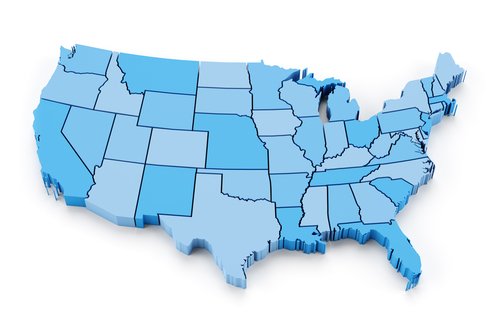
If you hold a valid driver license that was issued by another US state or territory, you will normally not be required to take the written exam or drive skills test.
Collect documentation required
You must bring proof of the following:
- Age
- Identity
- Lawful status
- Social Security Number (or proof of ineligibility)
- Maryland residence (2 documents)
Use the MVA document guide to help you gather all the documents correctly.
- Apply in person
Visit one of the MVA's full service offices. You don't have to make an appointment, but you can if you want to. Use the MD MVA's Scheduling System if you wish to make an appointment.
- Pay the fee
$9.00 per year. The fee will depend upon the length of your new license validity which will be generated by the computer. The maximum length is 8 years. You can pay by cash, check, Visa, MasterCard, Discover Card and American Express.
- Pass a vision test
To qualify for an unrestricted driver's license, you must have a Binocular vision, visual acuity (Snellen) of at least 20/40 in each eye and a continuous field of vision of at least 140 degrees. Check other vision requirements here.
- Surrender your out-of-state license
If your out-of-state license has been expired for one year or more, you are required to take the knowledge and skills tests.
If you are licensed for less than 18 months, you will be issued a provisional license.
I've Got a Valid Foreign License
If you hold a valid driver's license from Canada, Yukon Territory, South Korea, France, Germany, Japan, Taiwan or a U.S. Territory, the knowledge and driving skills tests will be waived for you. If your license from Canada, France, Yukon Territory or U.S. territory has been expired for less than one year, you still won't have to take the tests. Licenses from Germany and France must be surrendered when a Maryland driver's license is issued. You don't have to surrender your German or French license if you take all the tests (knowledge and skills).
- Apply in person
Visit one of the MVA's full service offices. You don't have to make an appointment, but you can if you want to. Use the MD MVA's Scheduling System if you wish to make an appointment.
- Present your out-of-country driver's license
If you do not have your license, present a driving record from the country's license issuing authority accompanied by an apostille or a letter from the embassy verifying the driving record. Have your license translated into English by an approved MVA translator or provide an international driver's license.
- Complete a 3-hour drug & alcohol education program
It's required for every applicant who has never been licensed in the U.S. Click here to find the providers.
Bring documentation required
You must bring proof of the following:
- Age
- Identity
- Lawful status
- Social Security Number (or proof of ineligibility)
- Maryland residence ( 2 documents)
Use the MVA document guide to help you gather all the documents correctly.
- Pass a vision test
To qualify for an unrestricted driver's license, you must have a Binocular vision, visual acuity (Snellen) of at least 20/40 in each eye and a continuous field of vision of at least 140 degrees. Check other vision requirements here.
- Pass a knowledge test (not for the countries mentioned above)
The test will contain questions about rules of the road, signs and procedures. You can try the MD driver test tutorial and take free practice tests online before you go. If you fail your test, you will have to schedule an appointment for the next business day if available or later. Check frequently asked questions- ccылка вниз на Knowledge test about MD knowledge test.
- Schedule and pass your Road test (not for the countries mentioned above)
Use the MD MVA's Scheduling System to make an appointment in advance. You will receive a confirmation number that will help you confirm your appointment online or change it if needed. If you don't pass the test on your 1st or 2nd attempt, you must wait at least 7 days in between each subsequent attempt.
- Pay the fee
$9.00 per year. The fee will depend upon the length of your new license validity which will be generated by the computer. The maximum length is 8 years. You can pay by cash, check, Visa, MasterCard, Discover Card and American Express.
- Receive your license
The card will arrive in mail in 4-7 days. Call the MDOT MVA at 1-410-768-7000 if you do not receive your new license after 15 days. Call 1-800-492-4575 if you are hearing impaired.

